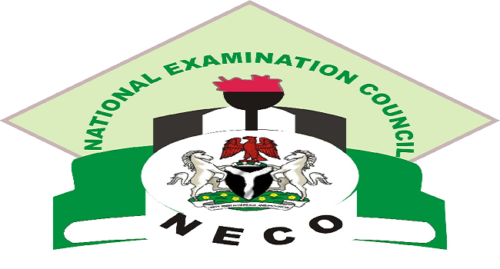Government Keypoints: Post – Independence Constitutions; The post-independence period in Nigeria saw the country evolve through several constitutional developments, each attempting to address governance issues and accommodate the nation’s diverse population.
Study more government keypoints here
Government Keypoints: Post – Independence Constitutions
These constitutions played a crucial role in shaping Nigeria’s political landscape and were reflective of the country’s attempts to establish stable governance structures after gaining independence from British rule.
1963 Constitution
Characteristics:
- Republic Establishment: It transformed Nigeria from a British Dominion to a Republic.
- Parliamentary System: Adopted a Westminster-style parliamentary system of government.
- Federal Structure: Maintained the federal structure with a division of powers between the central and regional governments.
- Citizenship Provisions: Outlined criteria for Nigerian citizenship.
- Abolition of Monarchy: Ended the reign of the British monarchy in Nigeria.
Shortcomings:
- Regional Tensions: Power struggles between regions intensified due to the federal structure.
- Limited Executive Powers: Weak executive authority under the parliamentary system.
- Ethnic Divisions: The constitution did not effectively address ethnic tensions.
- Legislative Challenges: Sometimes faced difficulties in passing legislation due to regional differences.
- Inadequate Representation: Limited representation of minority groups in governance structures.
1979 Constitution
Characteristics:
- Presidential System: Adopted a presidential system of government.
- Bill of Rights: Included fundamental human rights protections.
- Three-Tier Government: Defined powers among federal, state, and local governments.
- Independent Judiciary: Provided for an independent judicial system.
- Creation of Executive Offices: Established the offices of President, Governors, and Local Government Chairmen.
Shortcomings:
- Executive Overreach: Concentration of power in the presidency led to potential abuse.
- Regional Disparities: Economic and developmental disparities among regions persisted.
- Weak Local Governments: Local government autonomy was limited.
- Corruption Challenges: Failed to effectively address systemic corruption.
- Ethnic Clashes: Tensions between ethnic groups continued to disrupt stability.
1989 Constitution
Characteristics:
- Attempted Reforms: Sought to address governance deficiencies of the 1979 constitution.
- Presidential System Continuation: Maintained the presidential system of government.
- Decentralization Efforts: Aimed for increased autonomy for states and local governments.
- Economic Reforms: Incorporated provisions for economic planning and development.
- Citizenship Rights Emphasis: Emphasized citizenship rights and responsibilities.
Shortcomings:
- Limited Success in Decentralization: Efforts for greater autonomy for states and local governments were insufficient.
- Continued Executive Dominance: Presidency wielded significant power, potentially prone to abuse.
- Economic Challenges: Provisions for economic development did not yield expected results.
- Ethnic and Religious Frictions: Ethnic and religious tensions persisted, affecting national unity.
- Corruption Persistence: Failed to effectively combat systemic corruption.
1999 Constitution
Characteristics:
- Return to Civilian Rule: Marked the transition from military to civilian rule.
- Presidential System Continuation: Continued the presidential system of governance.
- Fundamental Rights Emphasis: Emphasized fundamental human rights and freedoms.
- Independent Judiciary Reinforcement: Strengthened the independence of the judiciary.
- Federal Structure Maintenance: Maintained the federal structure of governance.
Shortcomings:
- Centralization of Power: Presidency retained significant power, potentially leading to abuses.
- Weak Checks and Balances: Limited checks on the executive branch’s power.
- Ineffective State Autonomy: States and local governments lacked substantial autonomy.
- Ethnic and Religious Unrest: Continued ethnic and religious tensions hampered national stability.
- Corruption Persistence: Systemic corruption remained a significant challenge.
Comparative Analysis
- System Evolution: From parliamentary to presidential systems, attempts to find effective governance models persisted.
- Rights Emphasis: All constitutions prioritized fundamental human rights protections.
- Regional Autonomy Attempts: Various attempts were made to address regional autonomy and decentralization.
- Weaknesses Persistence: Challenges such as corruption, ethnic tensions, and power imbalances persisted across constitutional iterations.
- Executive Dominance: Most constitutions grappled with centralizing power within the executive branch.
In conclusion, Nigeria’s post-independence constitutional developments reflected the nation’s struggle to establish a stable governance structure that accommodated its diverse population while addressing critical issues like regional autonomy, corruption, ethnic tensions, and the balance of power. Despite successive attempts at constitutional reforms, many fundamental challenges persisted, affecting the nation’s stability and progress.












